Environment tour for Kitakyushu citizen group
We have operated Environment tour for Kitakyushu citizen group and visited
Water treatment Center, Wind power genaration, Solar power genaration,
World herigage Head office, Kawachi Resevoir in Kitakyushu-city,
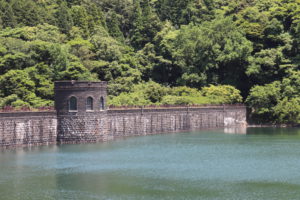 |
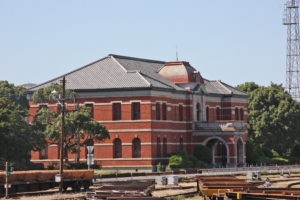 |
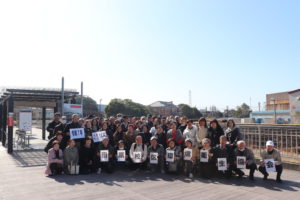 |
February 15, 2025
Imari, Okawachiyama porcelain park
If you are interest in porcelain, we recommend to visit Imari.
Imari is most notable because of Imari porcelain which has 400 years history.
There are about 30 potteries are manufacturing at Okawachiyama porcelain park.
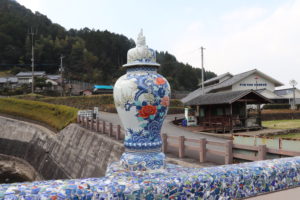 |
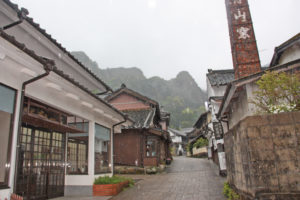 |
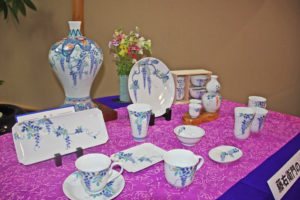 |
February 14, 2025
Hiraodai karst Plateau in Winter
Hiraodai Plateau is one of the three largest karst Plateau in Japan located in south-eastern
part of Kitakyushu-city. It is beautiful day today, waiting Spring season.
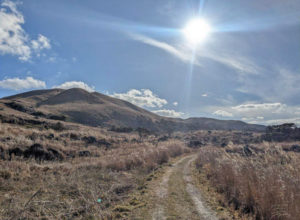 |
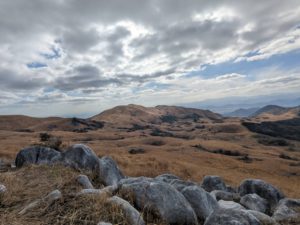 |
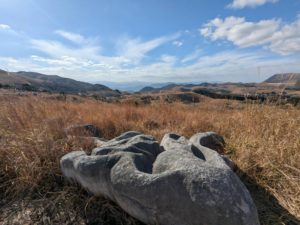 |
February 13, 2025
26 Saints Martyrs of Japan
26 Saints are the first martyrs in Japan. 26 Christians arrested in Kyoto who were consisted
of 20 Japanese, 4 Spaniards, 1 Mexican, and 1 Portuguese. They walked from Kyoto to
Nagasaki in January and February 1597.
We introduce the pilgrimage routes of 26 saints from Fukuoka to Nishizaka. And also visit
the relating places of 26 Saints.
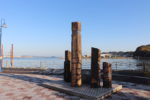 |
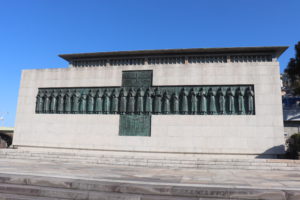 |
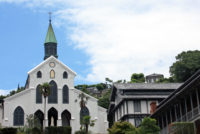 |
February 12, 2025
Environment tour for Japanese group
We have operated Environment tour for Kitakyushu citizen group and visited
Yoshinogari, Saga.
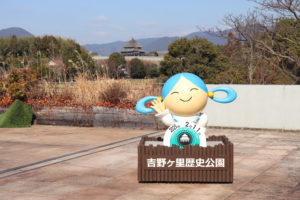 |
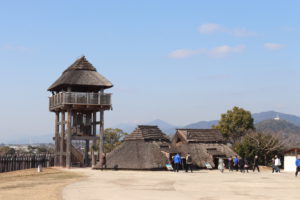 |
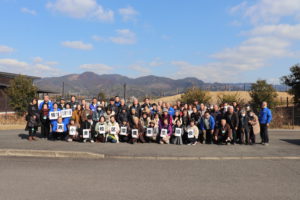 |
February 11, 2025
Unzen Golf Course
Enjoy golf in Unzen.
Unzen Golf Course is Japan’s oldest public golf course. Opened in 1913, the oldest
public course in Japan, and second oldest golf course after the Kobe Golf Club,
which opened in 1903.
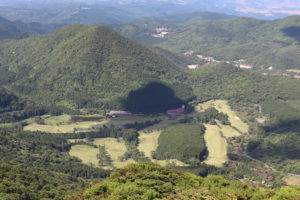 |
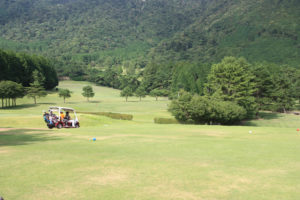 |
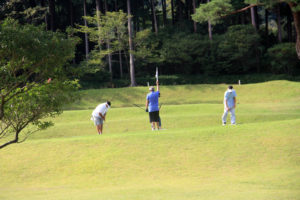 |
February 10, 2025
Japanese Golden Week
Golden Week means consecutive National Holidays in Japan started from April 29
through May 6 this year.
During this period, many companies are closed and many people travel to various
places in Japan. Therefore, most of accommodation would be full booking.
We recommend that you avoid coming to Japan during Golden Week.
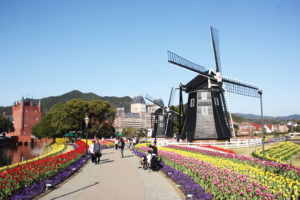 |
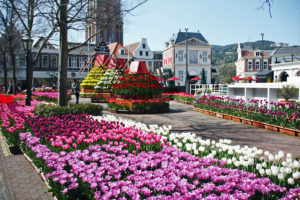 |
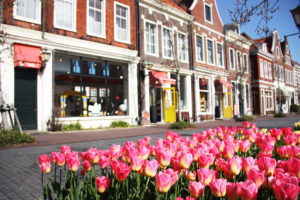 |
February 09, 2025
Yame Central Tea Plantation
The country of Green tea, Yame is a rural tranquil region of Japanese tea cultivation.
Please enjoy Japanese tea in Yama.
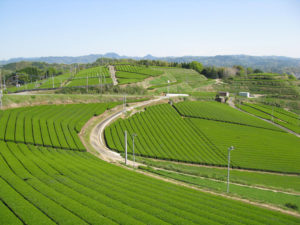 |
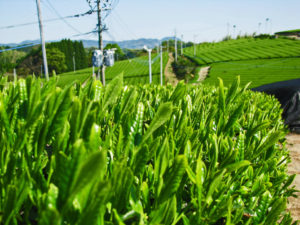 |
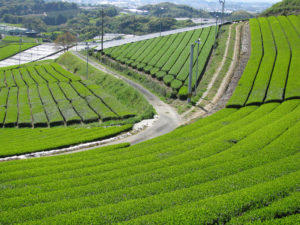 |
February 08, 2025
Japanese historical buildings
We recommend visiting Japanese historical buildings such as Castles, Shrines ae well as
Temples from the view points of Artistic and Architectural design.
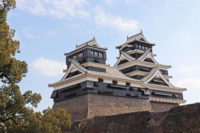 |
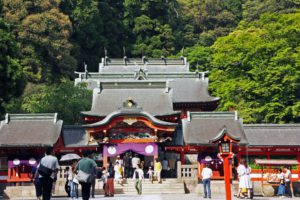 |
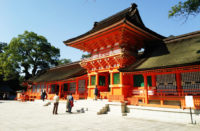 |
February 07, 2025
Ema
Ema is a small pentagonal wooden plate on which people write their wishes and dedicate it
to shrines and temples. One side of the plaque usually has a picture of horse or the animal
representing the zodiac sigh of that year. On the other side, which is blank, people write
their wishes for wide variety of things, then hang the Ema up the certain places in the
Shrine or Temple.
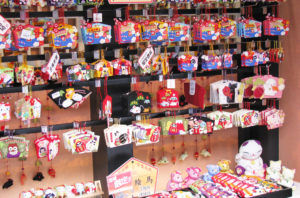 |
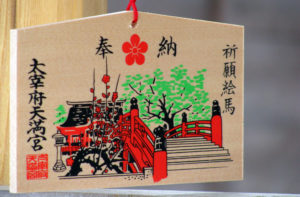 |
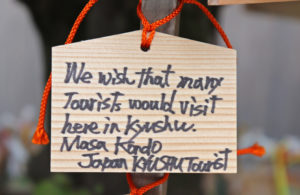 |
February 06, 2025
